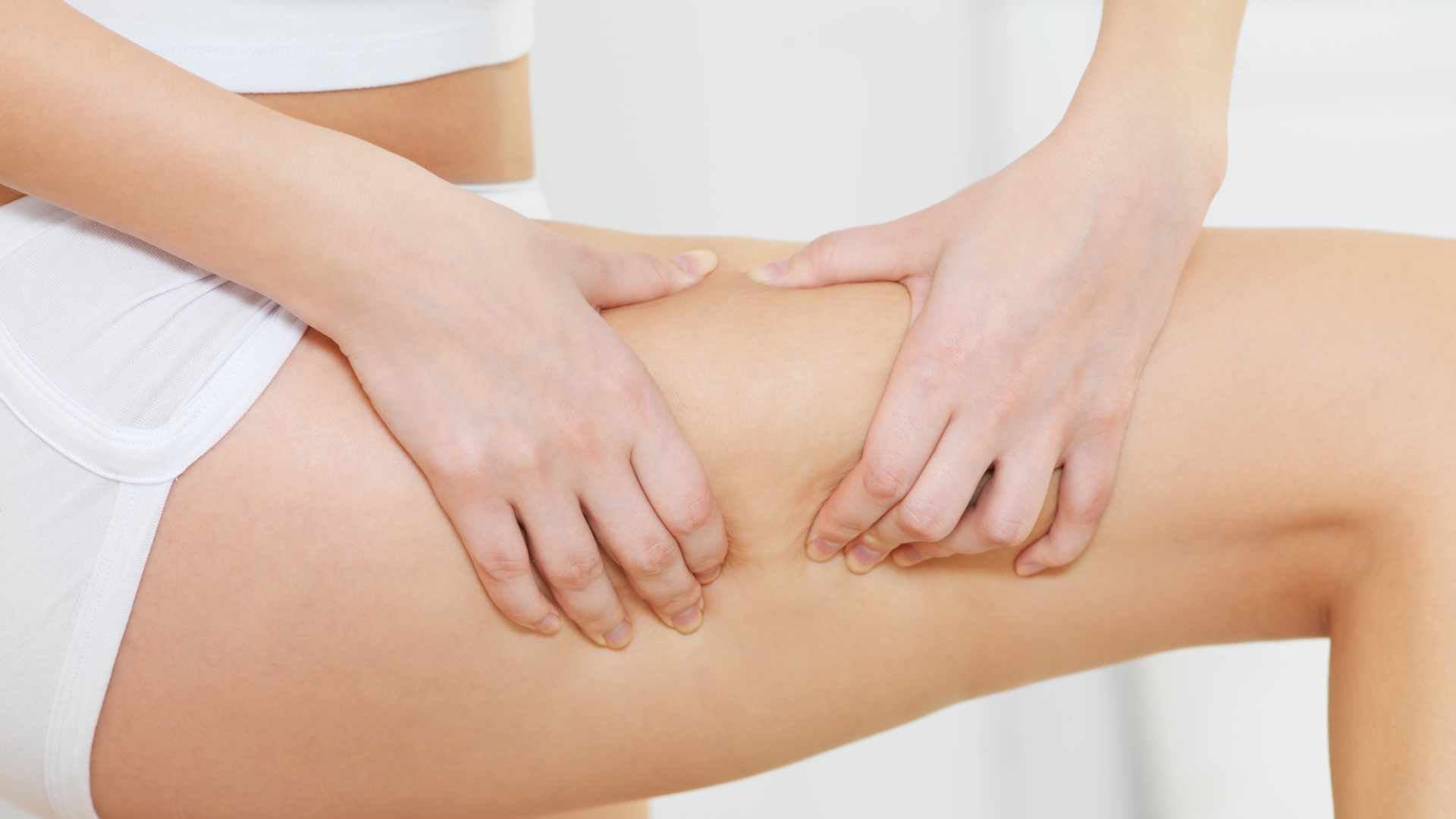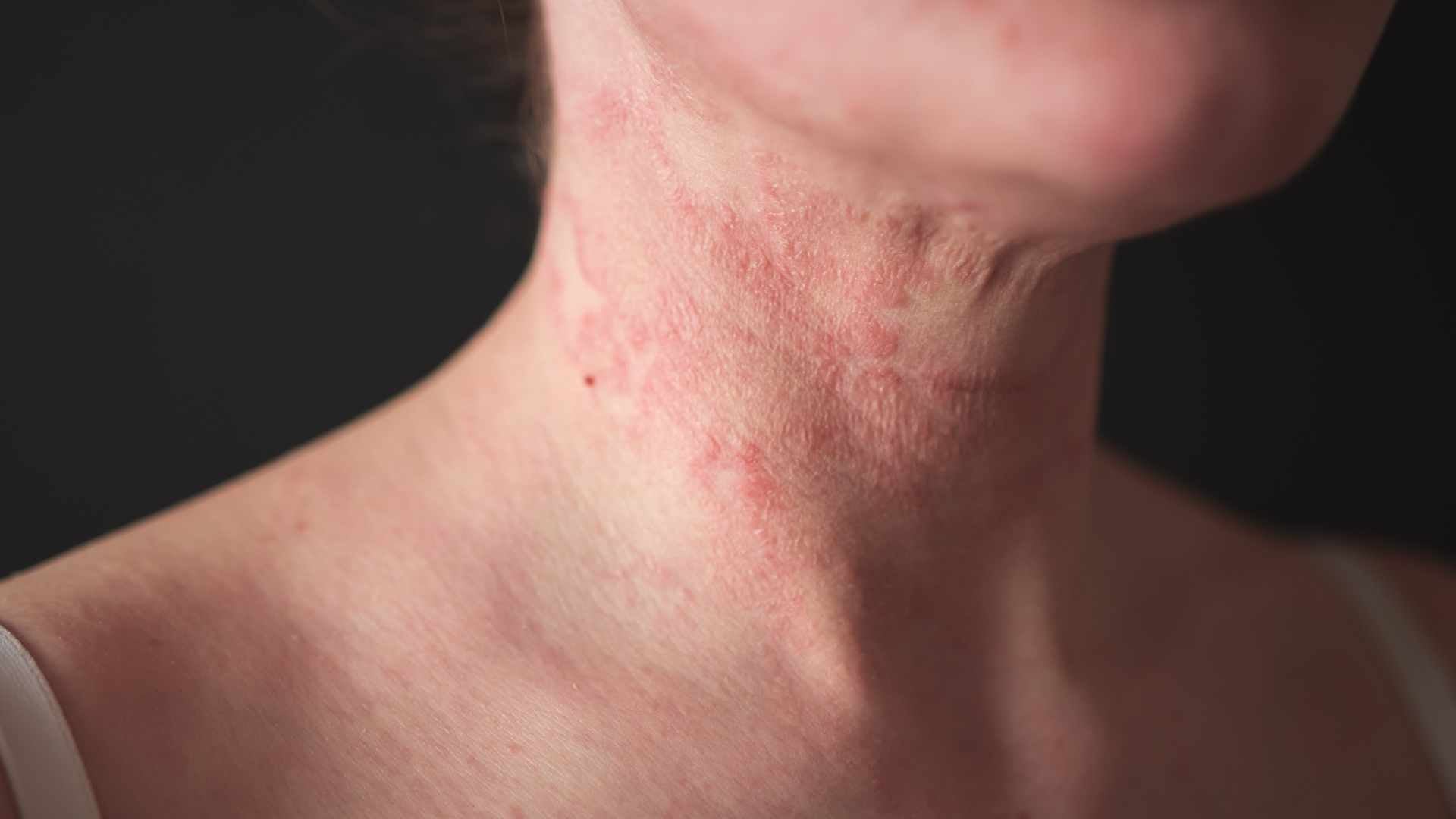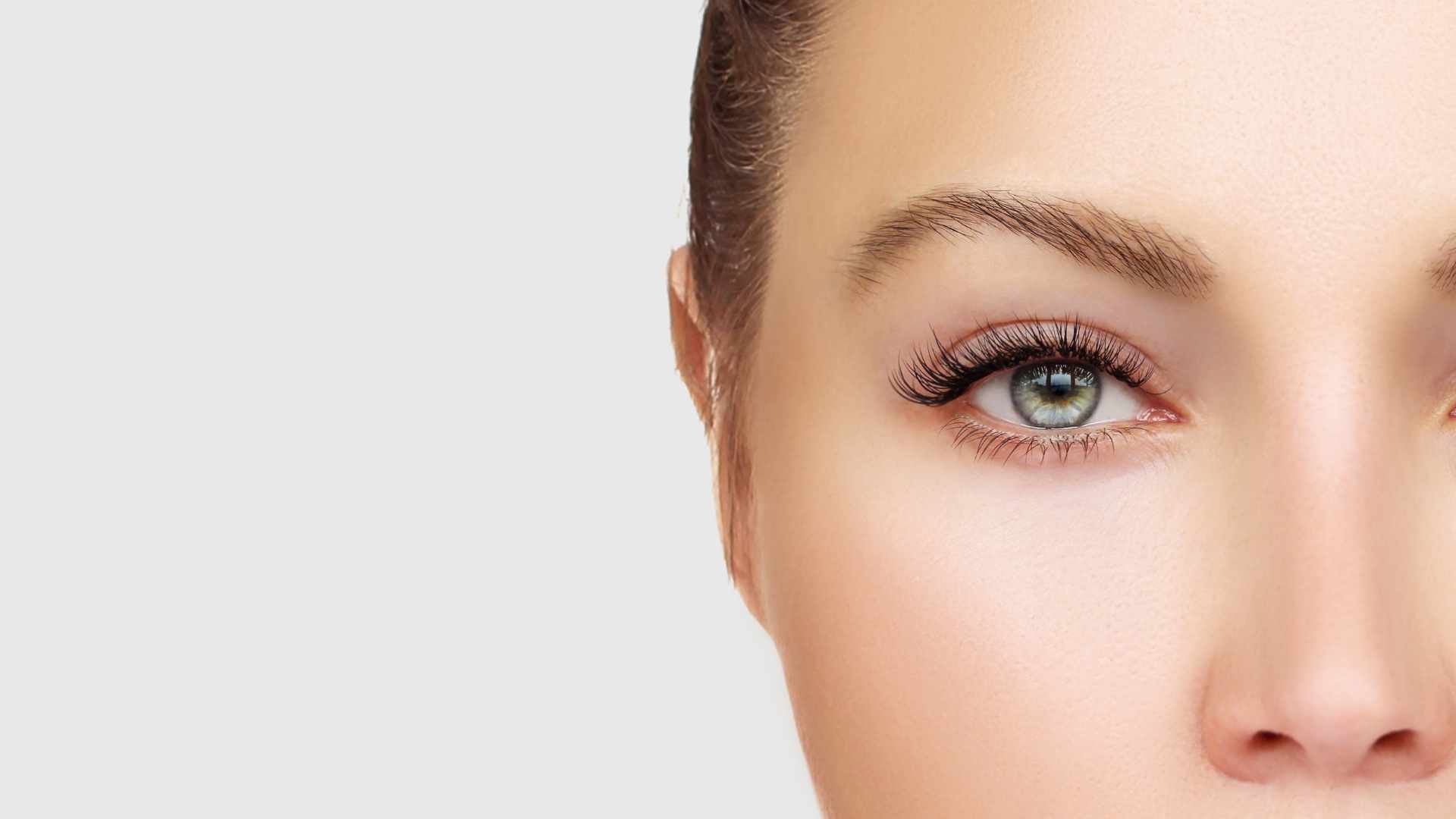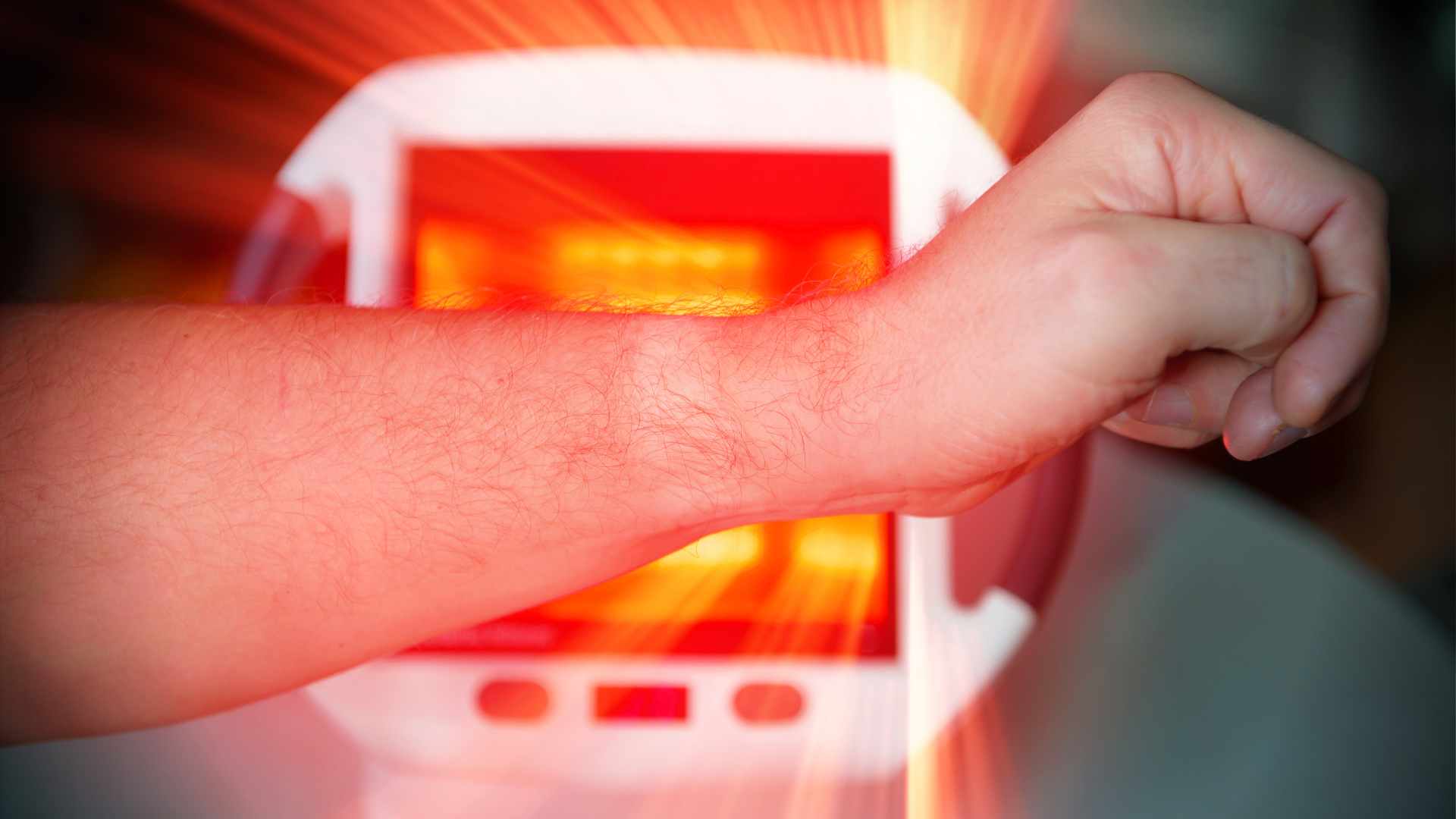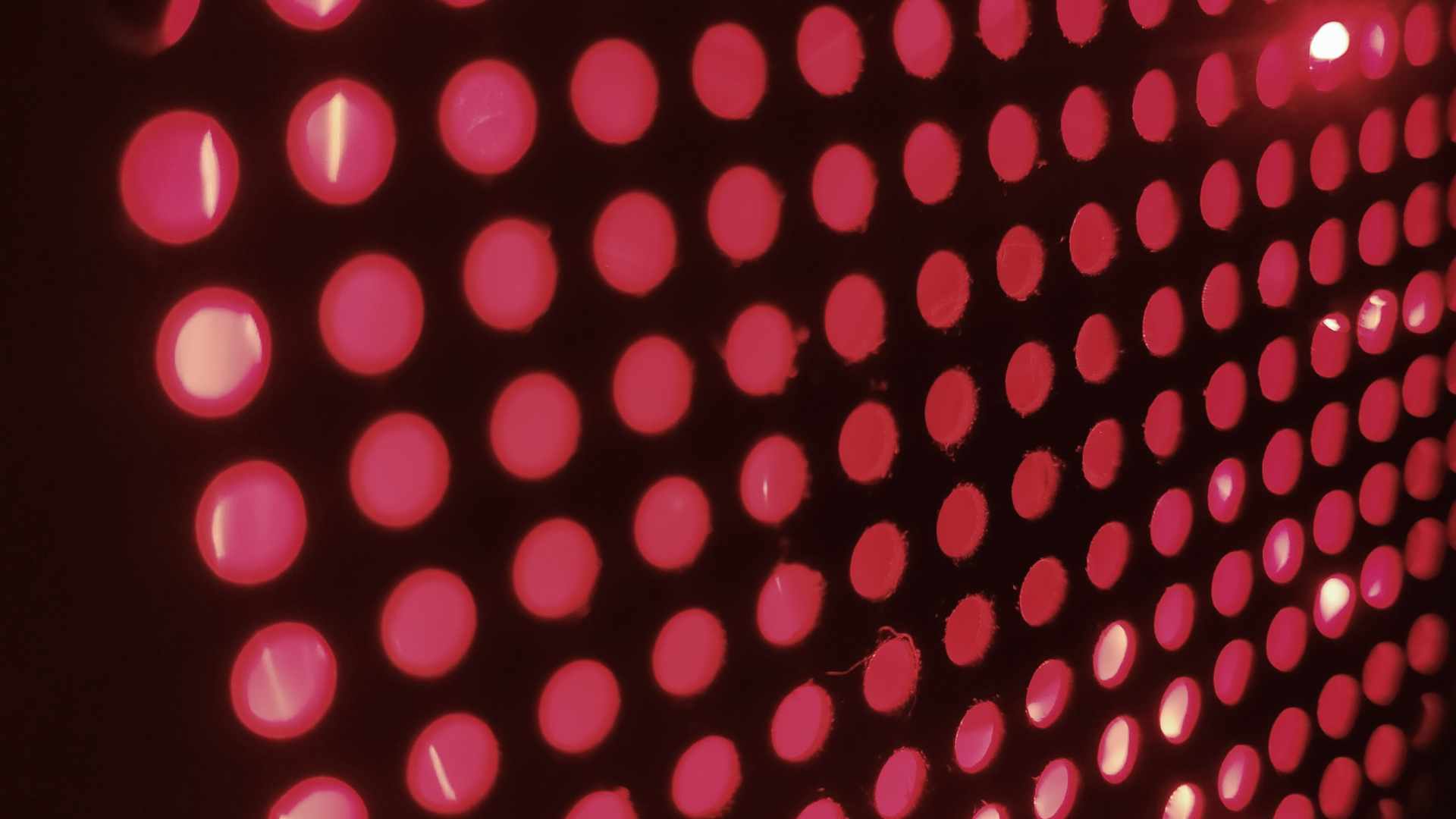Wild Content
-
Cellulite, a common concern for many, can now be addressed with red light therapy, a non-invasive and scientifically backed treatment. This method, known for its effectiveness in skin health, penetrates deep to improve blood flow and boost collagen production, directly...
-
Red light therapy, a non-invasive treatment, offers promising benefits for eczema management, marked by its ability to alleviate symptoms and foster skin repair. This comprehensive guide will delve into: The mechanisms through which red light therapy relieves eczema focus on...
-
Discover the transformative power of red light therapy for eye health in our latest exploration. Beyond its general wellness benefits, red light therapy promises enhanced vision, reduced eye strain, and a potential defense against age-related eye decline. This article delves...
-
Recovering from surgery can be a complex journey, marked by the challenge of finding safe, effective methods to speed up the healing process. Among the various options explored in modern medicine, red light therapy emerges as a promising ally, offering...
-
Choosing between red light therapy and infrared saunas can take time and effort. Both options offer unique health benefits, from improved skin health to enhanced recovery after workouts, but understanding their differences is critical to tailoring your wellness routine. In...
